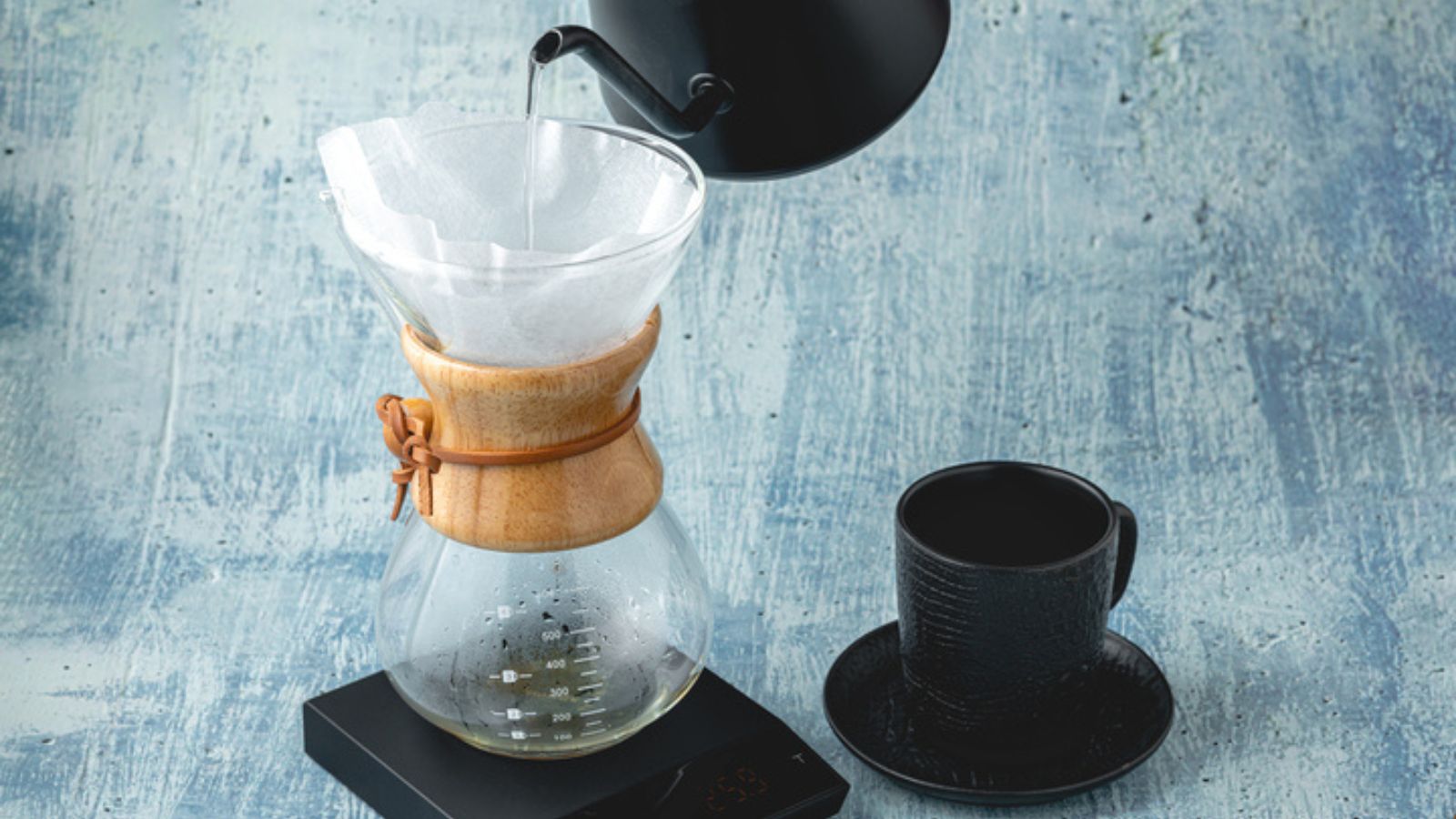
Once you've perfected how to make pour-over coffee, you can enjoy delicate, delicious coffee, whilst immersing yourself in one of the most involved, ritualistic brewing methods. It's popular amongst beginners and baristas alike, offering plenty of scope for flavor experimentation.
As a former barista and H&G's coffee expert, I've spent a lot of time, making hundreds of cups of pour-over coffee. I've tested the best pour-over coffee makers on the market and interviewed baristas, Q-graders, and other coffee experts on the dripper coffee maker process. Everybody agrees that you need four essentials for the perfect pour-over: a good coffee maker, a temperature variable gooseneck kettle, thorough coffee filters, and one of the best coffee grinders on the market.
Whether you're brewing with a big-name brand, such as Kalita, Chemex, and Hario, or a more niche, unique model, every pour-over follows a similar process. As a former barista, I'm here to tell you everything you need to know to make perfect coffee in each different brewer.
If you're still not sure whether this is the brewing method for you, I've compared pour-over vs drip coffee as well as against French press coffee too. Although, I think once you've tried pour-over, you'll likely become a dedicated drinker.
Pour-over coffee essentials
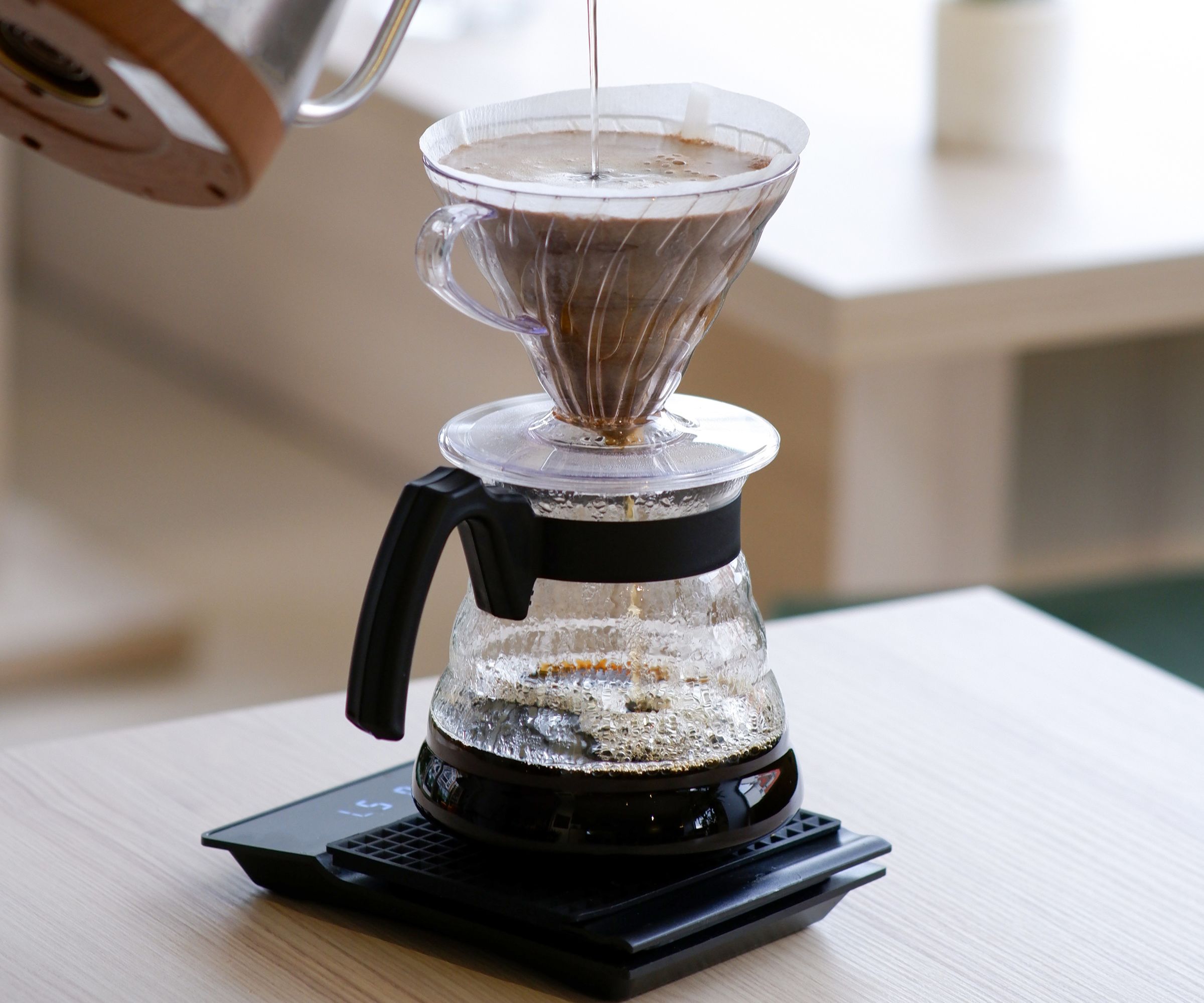
As I mentioned, you won't get very far with pour-over coffee if you haven't got the right equipment. Luckily for you, I've tested everything there is on the market and can recommend these three essentials for kitting out your coffee station. As it happens, these are the appliances which I, a former barista, own.
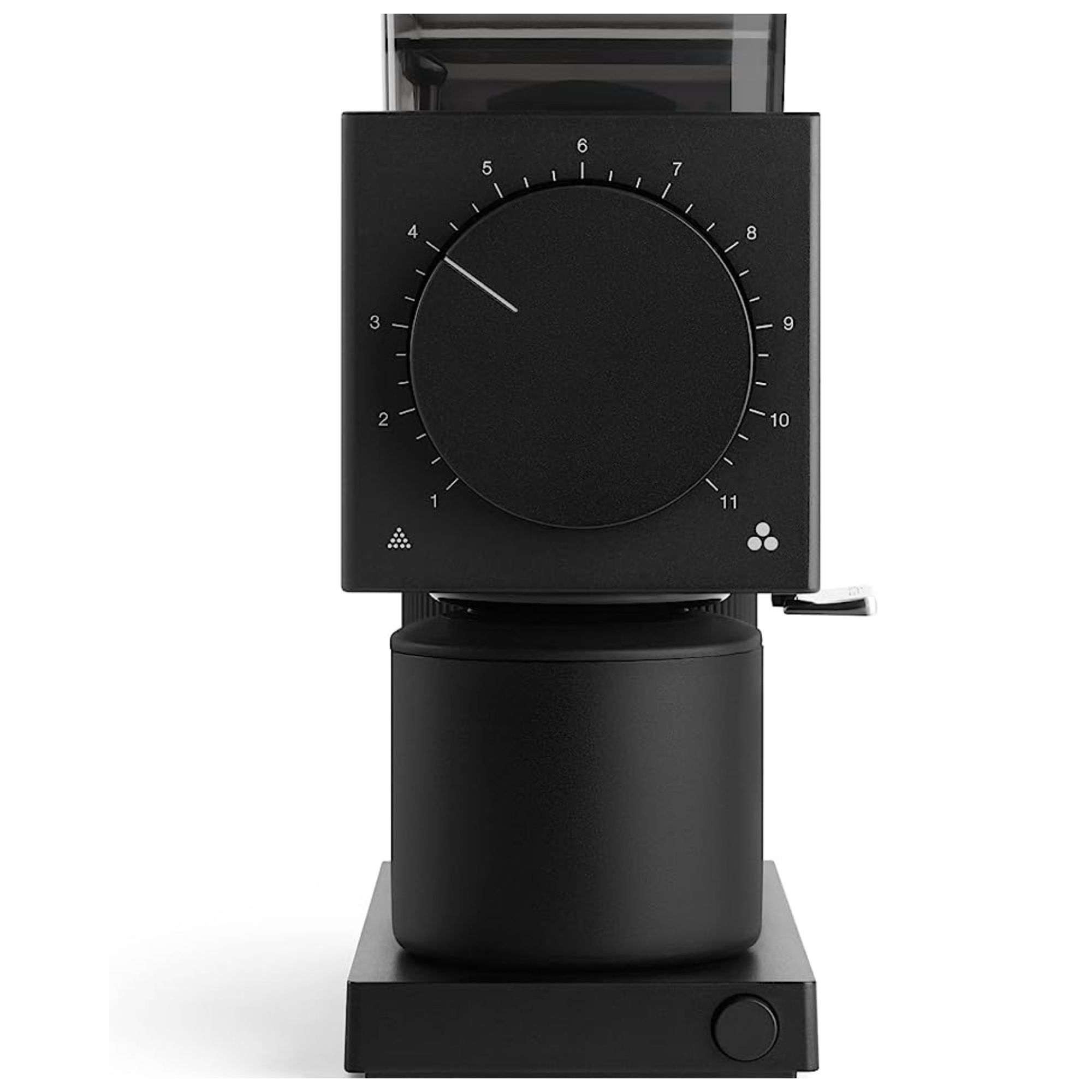
This is the best grinder to invest in. It uses flat burrs to create consistently-sized coffee grounds without creating too much heat. It's an investment, but one well worth making.
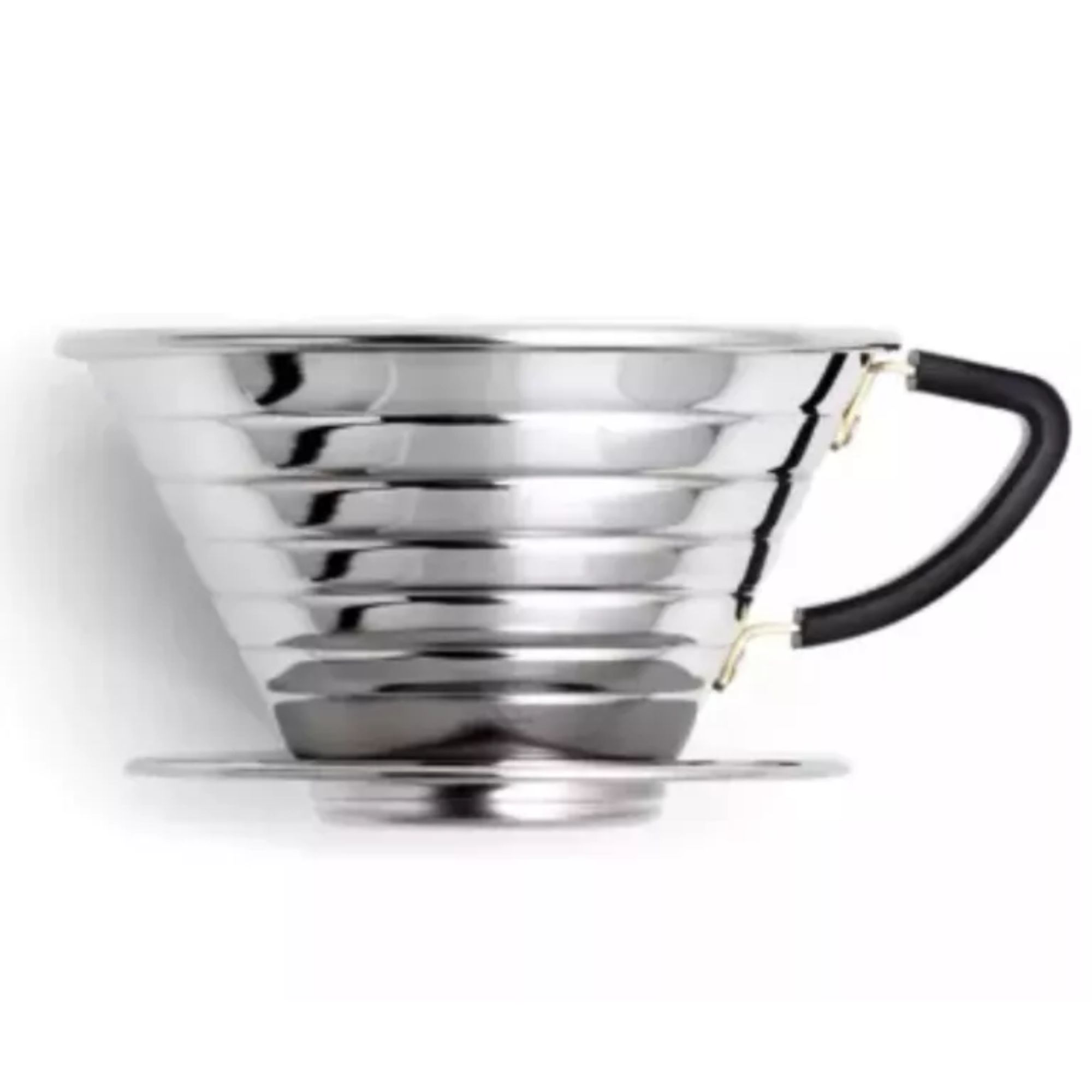
Kalita's iconic pour-overs have dominated the market for decades and there's a reason why. They offer quality, capacity, simplicity, and style. Just make sure to only hand-wash yours.
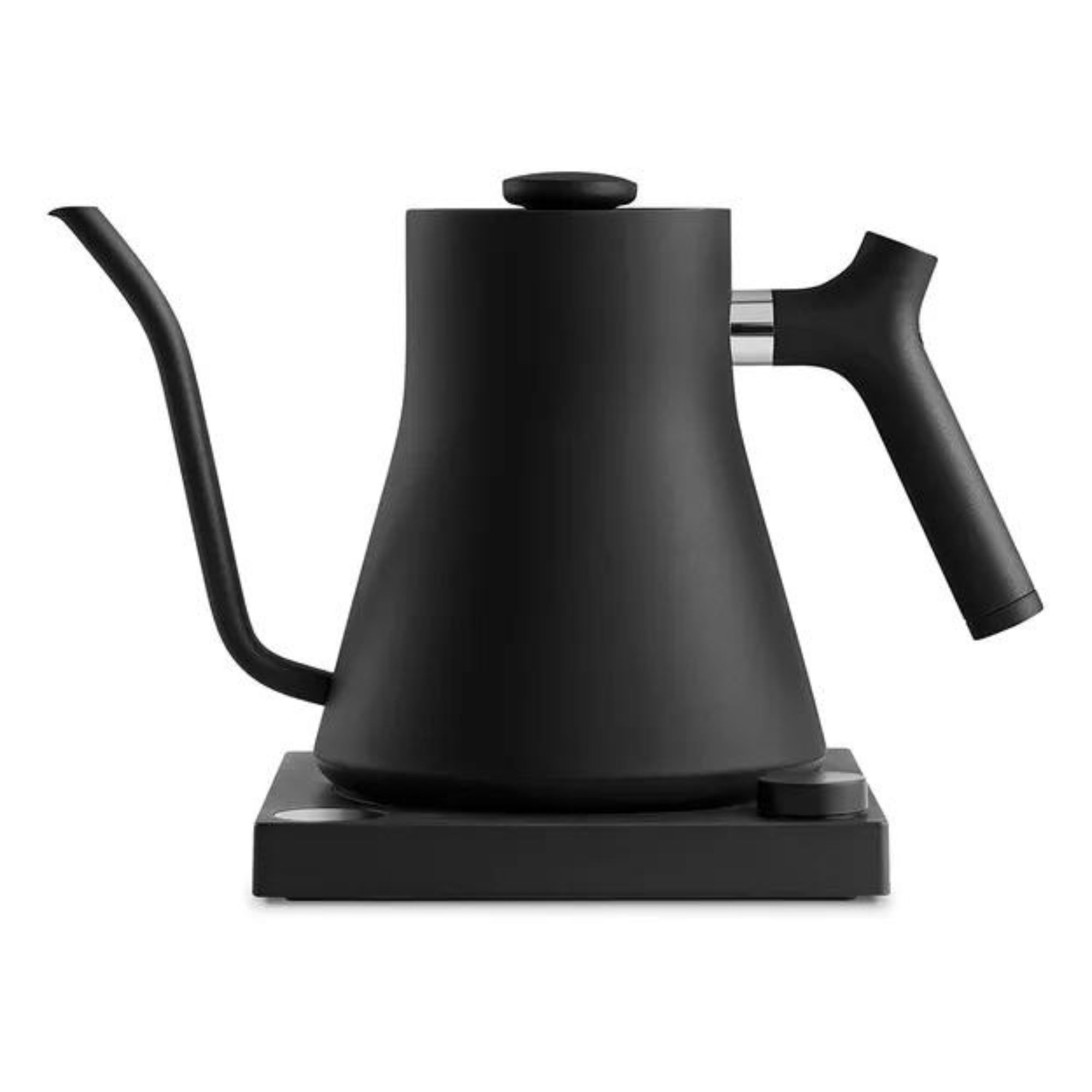
Gooseneck kettles are eye-catching anyway, but Fellow's chic, minimalist design is beautiful (no wonder it's the one Oprah uses). It's expensive but comes with a lifetime guarantee.
How to make pour-over coffee
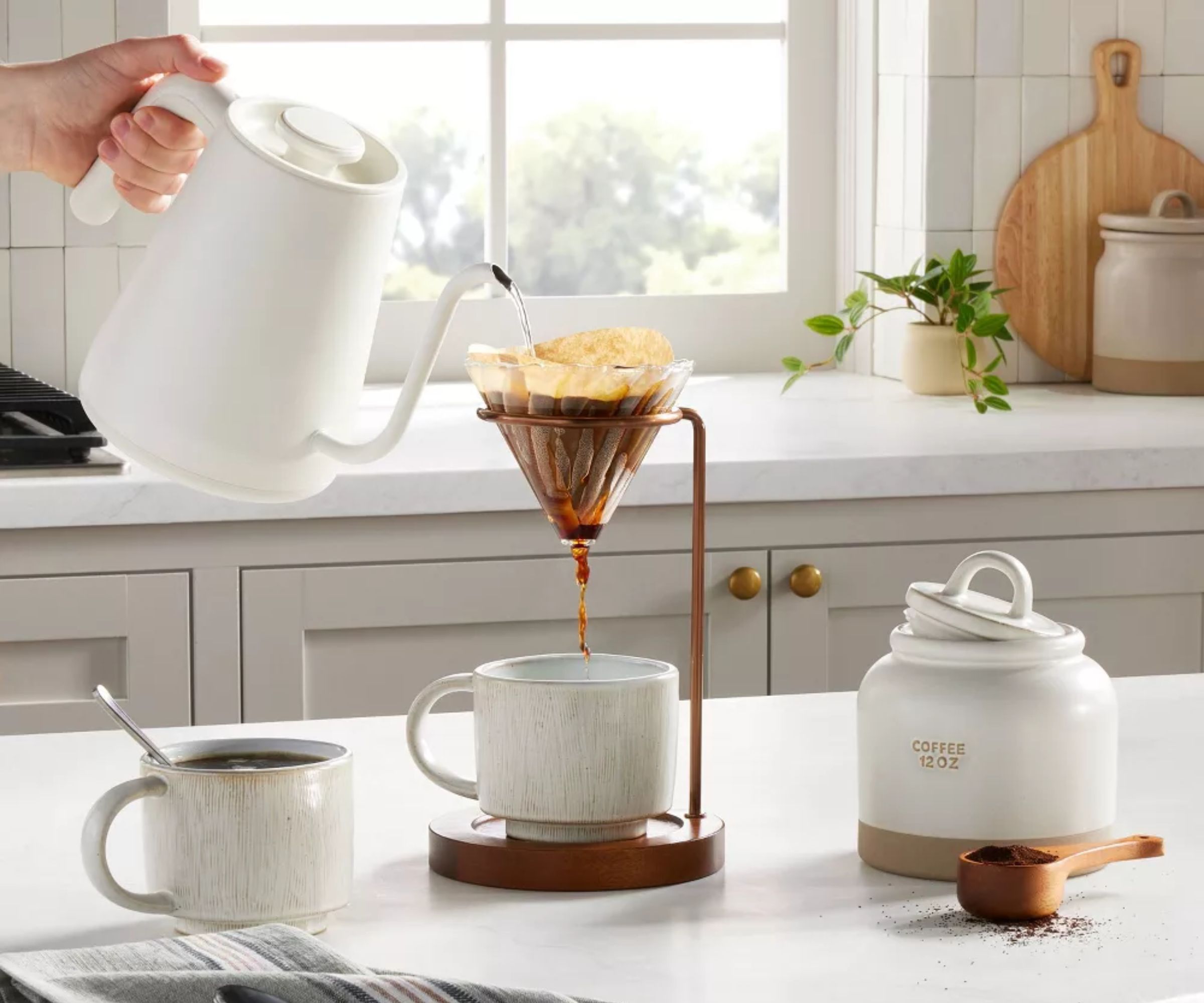
Pour-over is perhaps the most process-forward of all the coffee brewing styles. It's a time investment, but well worth it for the results you can achieve.
The first place to start when making pour-over coffee is with your filter. Some pour-overs come with a mesh, reusable one built-in, but others require you to buy them separately. You don't need to buy expensive, specific paper (unless it's a Chemex), even filter paper like this from Walmart will do a good job. If you don't like the idea of a paper filter, you can invest in permanent steel filters, like this at Walmart and re-use them.
Once you have your filter in your pour-over, you'll need to think about beans. Alex Spampinato, barista trainer, believes that all specialty coffee starts with the beans. He says 'the foundation of this delicious coffee relies on fresh, high-quality coffee beans. It's also important to grind them consistently because this gives a cleaner, more balanced flavor profile'. In the case of pour-over coffee, use a medium roast and grind to a medium coarse grind size, similar to sea salt.
Once you've ground your beans, you can start brewing your coffee. Experts generally recommend following the standard 16:1 water-to-coffee ratio. Of course, you can adjust this to suit your tastes, but that's the general rule most people follow.
Kayla Stavridis, former barista, says 'precision is important in pour-over brewing. I heat my water to around 200-205°F for optimal extraction and sit my whole pour-over set-up on kitchen scales to measure both my coffee and water.'
Kayla starts by blooming her coffee. She says 'this step is essential for releasing trapped gasses, ensuring an even extraction. I pour just enough hot water to saturate the grounds and let them bloom for 30-45 seconds before continuing the pour'.
Once you've bloomed your coffee, using a gooseneck kettle, pour your water in a circular motion over your grounds, starting from the center and working outwards. Make sure that they are all evenly saturated.
Some pour-over coffee makers have multiple drip holes. If this is the case your coffee will drain quickly, so you'll need to precisely saturate the grounds. A gooseneck kettle will make all the difference in this instance, allowing you to control exactly where your water flows. When pouring water over your grounds, make sure it's in circular motions across all of the coffee, evenly saturating all of your coffee.
A single drain hole will mean that you need to pour slower, so that you don't oversaturate some of the grounds. This gives you more opportunities to tinker with taste and flavor profiles. Again, having a gooseneck kettle is useful, because you'll have much more control over the flow of your water flow.
Tips, tricks, and troubleshooting
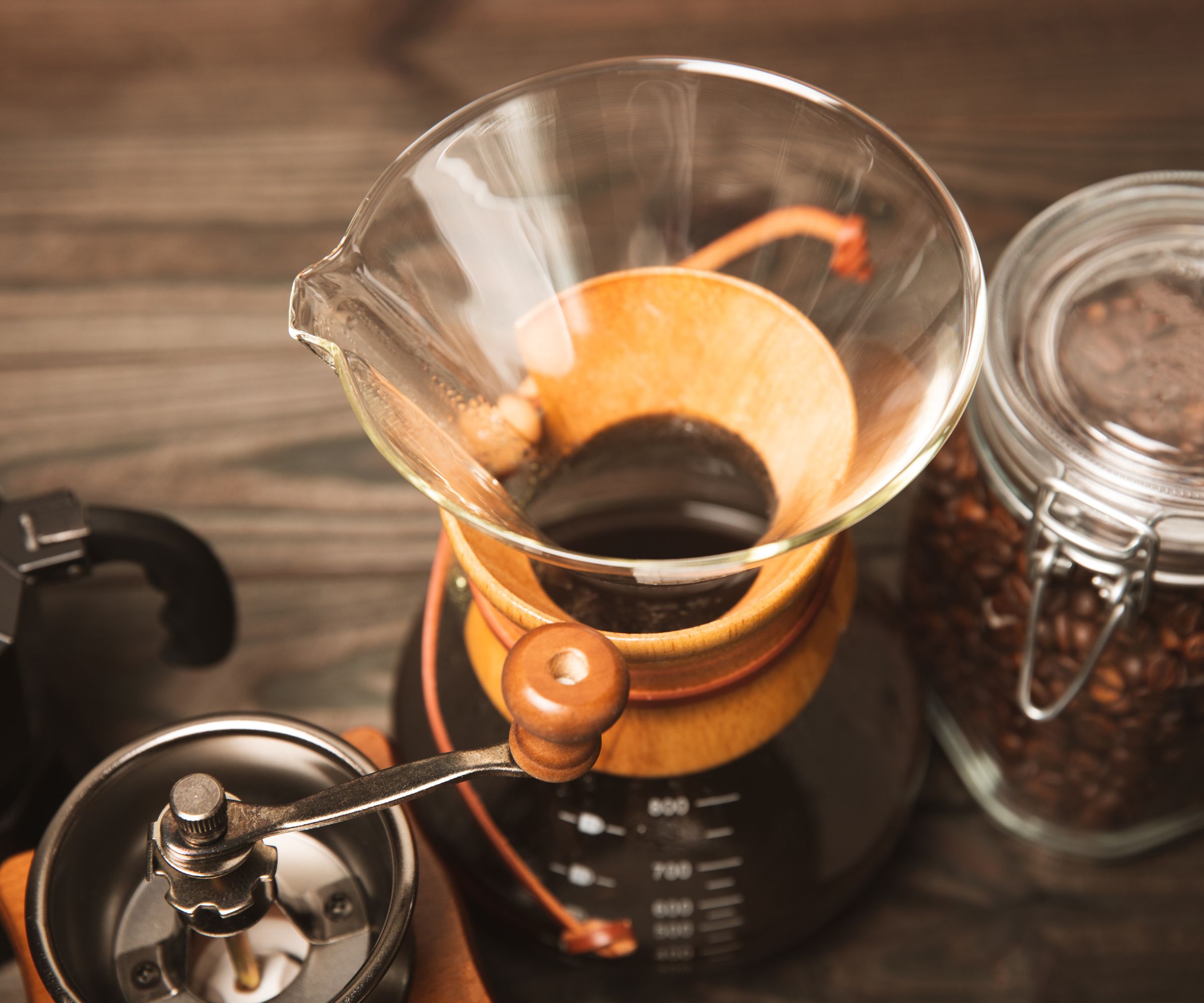
As always, there are plenty of ways you can refine the way you make your pour-over, as well as mistakes you might be making. Johny Morrison, coffee expert from Coffee About, says 'the key to making better-tasting coffee is to perfect your personal recipe. I keep a brew log with entries for the different beans and grind sizes that I've used, so that I can tinker and replicate different tastes without any guesswork'.
Johny, and all the other baristas I spoke to, recommended wetting the filter paper first. Whilst this isn't standard practice, it can prevent the paper from absorbing too many of your delicious coffee oils, meaning you get fuller flavors in your cup. Plus, it will help the water to saturate your beans more consistently.
If you're struggling with coffee flavors, check that you are pouring your water (not from boiling) evenly, and slowly over your grounds. It's important to bloom them first, especially if you're finding that your coffee tastes bitter or acidic. If you're still not achieving the perfect pour-over, check your coffee beans and grounds. You need to invest in quality beans and grind them to consistent sizes using a burr grinder, otherwise, you'll get a 'murky' taste.
FAQs
How much coffee do you put in a pour-over?
For one cup of coffee (eight oz), you'll want to use two and a half tablespoons of coffee. Experts recommend following a 1:15 or 1:16 part ratio of coffee to water, but you can adjust this depending on your personal preferences.
How finely should I grind my coffee for pour-over?
Aim for a medium grind size when making pour-over coffee. If you like sweeter, more delicate notes, you can grind your coffee beans a little finer. If you want a richer flavor, more akin to French press coffee, try grinding then more coarsely.







